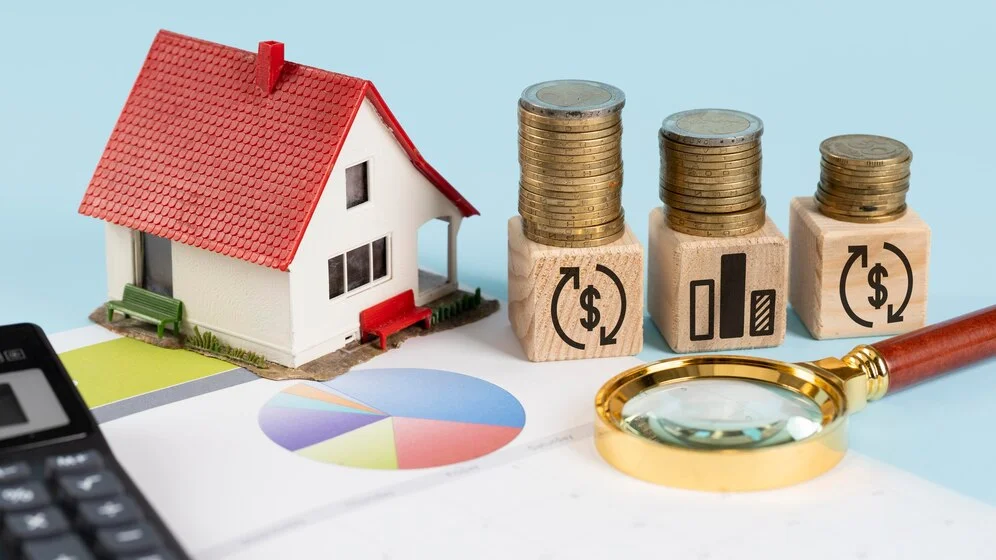

As Saudi’s property sector develops as per Vision 2030 understanding VAT on Saudi real estate has become more important. With the new tax rules, real estate investors, developers and property buyers must now wade through a minefield of tax rules that dictate how transactions will be structured and reported. As regulatory enforcement becomes increasingly strict and e-invoicing in Riyadh and other compliance tools become more prevalent, it is no longer an option to be unclear about tax obligations. In this blog I’ll discuss how VAT is treated on real estate, common VAT exemptions and how to deal with input VAT, especially where you have mixed supplies.
Since the VAT was implemented in Saudi Arabia, in 2018, the real estate sector has witnessed several regulatory changes. VAT in Saudi Arabia real estate transactions was initially taxed at 5%, but rose to 15% in July 2020 followed by a landmark exemption policy introduced in October of the same year. Many real estate supplies were exempted from VAT, and replaced by a 5% Real Estate Transaction Tax (RETT). However, commercial leases remained taxable. Developers have been hit hard by this change, with the introduction of e-invoicing in Saudi Arabia, its important to understand what transactions are exempt and how to correctly calculate deductible VAT on mixed use properties.
A real estate supply, as defined by VAT legislation, is any action of selling, leasing, or transferring a property in the course of business. Whether the property is taxable or not depends on the type of property and its intended use.
Types of Real Estate Are Considered as Supply
Examples of real estate supply transactions are, as follows:
Islamic Finance-Based Transactions: Under Islamic banking principles, real estate bought or sold as part of Shariah compliant financial agreements is treated as a financial service and therefore excluded from VAT and RETT.
For buyers, sellers and investors it is important to understand how VAT and the Real Estate Transaction Tax (RETT) applies to different property types. The following shows how real estate taxes are treated differently across different types of real estate:
This includes offices, factories, vacant land, farmland, partially completed buildings, and short term accommodations such as hotels or serviced apartments.
These are homes and apartments for long term residential use.
The recoverability of input VAT in Saudi Arabia depends on the real estate activity. Let’s break down how VAT works in various situations:
If a commercial property is leased, VAT will be applicable on the transaction and all input VAT paid on related expenditure will be recoverable. This includes maintenance, utilities and property management costs.
VAT does not apply to the renting of residential properties, and the input VAT incurred on associated expenses is not deductible.
In the case of a VAT registered person selling real estate exempt from VAT, input VAT is generally non deductible. There are exceptions, however, such as sales of commercial buildings that are part of an ongoing taxable business activity. In such cases, input VAT can sometimes be fully or partially deductible where the expenses relate to both taxable and exempt supplies.
However, if licensed developers incur input VAT on costs relating to exempt transactions (for example, selling residential properties) they cannot claim deductions. Rather, they may be entitled to a refund through the licensed real estate developers’ refund scheme.
Construction, legal, or architectural services subject to VAT are services for which input VAT can be fully deducted.
Input VAT on common overheads (office rent, admin costs, etc.) is partially deductible for businesses that supply both taxable and exempt real estate using a proportional allocation formula (known as the residual input VAT calculation method).
If a business in Saudi Arabia carries on both taxable and exempt real estate activities, it must use the proportional deduction of residual input tax method. This approach enables apportionment of the correct share of input VAT that can be reclaimed so that VAT regulations are complied with. This provides entities dealing with VAT on Saudi Real Estate and other mixed use supplies with the ability to accurately recover only the input VAT relating to taxable transactions. This is to guarantee that reporting is transparent under VAT regulations in Saudi Arabia and to reduce the possibility of over claiming.
Residual Input Tax
Saudi Real Estate VAT credits for input tax involve the VAT charged on business expenses that are incurred for both taxable and exempt supplies. These costs for example, office rent, internet bills, or utilities cannot be traced to a specific supply. For purposes of VAT on Saudi compliance, businesses need to apply a fair proportional deduction method in arriving at the amount of this input VAT that is recoverable.
In order to allow the Saudi Arabian businesses, which are involved both in the taxable and the exempt real estate activities, to account for the residual input VAT, the proportional deduction techniques could be used. This calculation works out the recovered ratio of input VAT that can be recovered in this case the shared input VAT.
This approach takes into account all the exempt supplies including the supply of real estate while computing the extent of input tax that can be claimed.
Formula:
Proportional Deduction (%) = (Taxable Supplies / (Total Taxable + Total Exempt Supplies)) × 100
Example:
For instance, if your taxable supplies are SAR 400,000, while your exempt supplies are SAR 100,000, the formula should be:
(400,000 ÷ (400,000 + 100,000)) × 100 = 80%
In this case, it is possible to recover 80% of the residual VAT.
To make it more realistic, this method does not include exempt real estate financing supplies in its computation. This is because the ratio may be skewed by large quantities of exempt financing related real estate supplies.
Modified Formula:
Proportial Deduction (%) = Taxable Supplies / (Taxable Supplies + Exempt Supplies – Exempt Real Estate Supplies for Financing) * 100
Example:
Suppose the value of all the taxable supplies is SAR 100 million, exempt supplies is SAR 200 million and exempt real estate financing supplies is SAR 750 million.
Standard Method: (100 ÷ (100+200+750)) × 100 = 9.5%
Alternative Method: (100 ÷ (100+200)) × 100 = 33.3%
As illustrated, the use of the former approach raises the deductible amount, which is more appropriate for actual use of jointly allocated inputs in generating taxable revenue.
To grasp the meaning of VAT in the context of Saudi Real Estate it is important to first understand what VAT is and how it impacts those involved in the Saudi property market. As the tax laws change and the new RETT is enacted, one should know which transactions are exempt from the tax and which one is taxable. Understanding how to apply input VAT correctly especially through the proportional recovery method in mixed supplies can have a huge impact on planning and compliance to the VAT in KSA. It also assists the businesses to avert unnecessary fines and control over expenditures better.
The evolution of the regulatory environment through such solutions as e-invoice in Riyadh means that Saudi businesses have to be more proactive regarding the management of VAT on real estate operations. When it comes to commercial leasing, residential property exemptions, or Shariah-compliant financing, it is possible to achieve great things in terms of compliance and the use of the available deductions. In the end, knowledge of VAT on Saudi Real Estate helps to improve transparency, compliance, and decision-making in the rapidly growing property market in the Kingdom.
Comments are closed